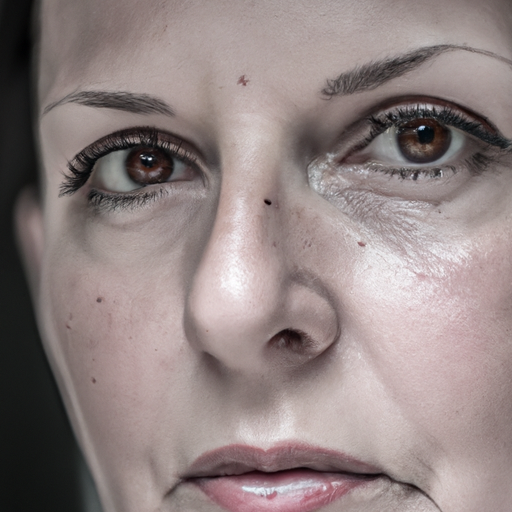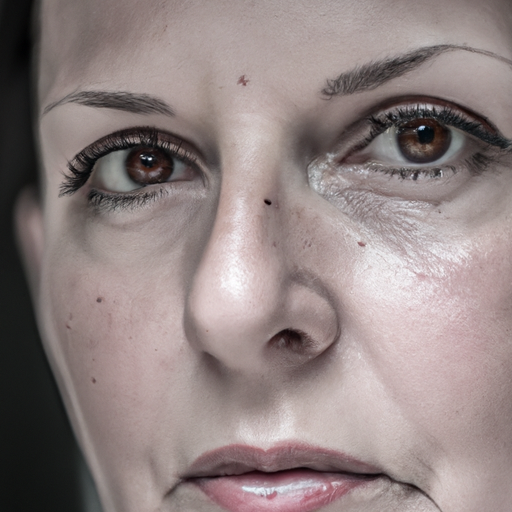Buccal fat removal, also known as cheek reduction surgery, is an increasingly popular cosmetic procedure designed to sculpt and contour the face. This procedure involves the removal of buccal fat pads, which are located in the lower part of the cheeks. The result is a more defined and slimmed-down facial appearance. As an expert in the field of cosmetic surgery, I’m here to provide an inside scoop on this transformative procedure.
Firstly, it’s important to understand that buccal fat removal is not a one-size-fits-all solution. The size and prominence of buccal fat pads vary from person to person, and their removal can have different effects depending on the individual’s facial structure. For some, the procedure can create a more chiseled and defined look, while for others, it can result in a more gaunt or aged appearance. Therefore, a thorough consultation with a qualified plastic surgeon is crucial to assess your suitability for the procedure.
The buccal fat removal procedure itself is relatively straightforward and typically takes about an hour. It’s performed under local anesthesia and involves making small incisions inside the mouth, on the inner side of the cheeks. The buccal fat pads are then carefully extracted, and the incisions are stitched up. Since the incisions are inside the mouth, there are no visible scars post-surgery.
Recovery from buccal fat removal is generally quick, with most patients able to return to normal activities within a week. There may be some swelling and discomfort initially, but these symptoms usually subside within a few days. It’s important to follow post-operative care instructions carefully, including maintaining oral hygiene to prevent infection.
One of the key benefits of buccal fat removal is its permanence. Unlike other facial contouring procedures such as fillers or Botox, which require regular maintenance, buccal fat removal offers a long-lasting solution. Once the buccal fat pads are removed, they do not grow back. However, it’s important to note that significant weight gain can still affect the overall facial appearance.
While buccal fat removal can provide impressive results, it’s not without risks. Potential complications include infection, bleeding, asymmetry, and damage to facial nerves. Therefore, choosing a highly experienced and reputable surgeon is paramount to minimize these risks.
In conclusion, buccal fat removal is an effective procedure for those seeking a more sculpted and defined facial appearance. However, it’s not suitable for everyone and requires careful consideration and consultation with a qualified plastic surgeon. As with any cosmetic procedure, it’s essential to have realistic expectations and understand the potential risks involved. With the right approach and expert care, buccal fat removal can be a powerful tool in crafting your desired aesthetic.




